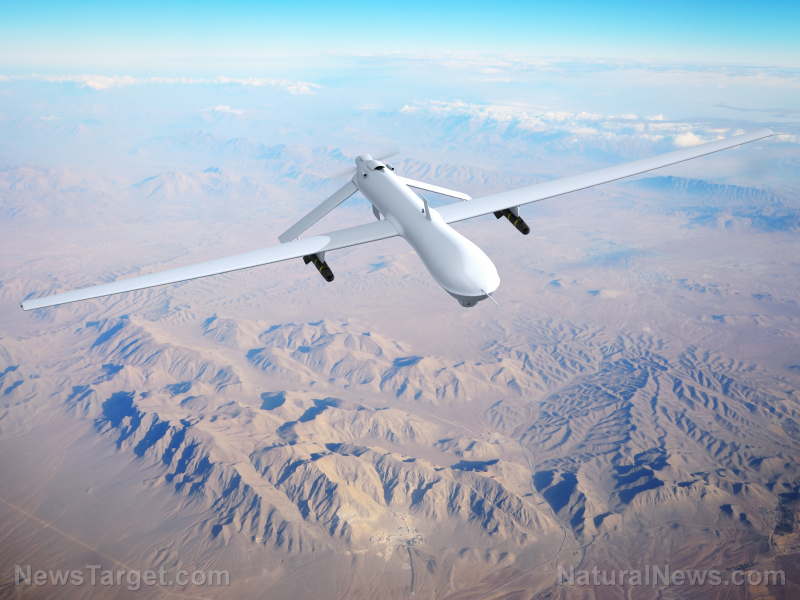Observers and experts of military technological advancement have long known that the Great Powers are attempting to develop the next generation of warriors — combat soldiers who would be more machine than human.
To this end, there has been much experimentation with exoskeleton technology — a robotic suit, of sorts, that soldiers wear and which is capable of real-time, satellite-fed battle data management, as well as dramatically enhancing a soldier’s physical strengths and abilities.
In the U.S., exoskeletons are being developed by a number of defense contractors. Raytheon is building the Sarcos XOS 2, which, for now, mostly just does heavy lifting.
As reported by Engadget in 2010:
Though the XOS is obviously capable of some pretty fancy footwork and pummels a punching bag with ease, [Dr. Fraser] Smith laid out the reality for us right away: the military is looking for exoskeletons primarily to help reduce headcount by carrying heavy weights. The fewer folks it takes to load munitions into a truck and the longer soldiers can carry 120-pound packs, the more money the government’s willing to spend on those defense contracts.

Russian, U.S. development continues
Smith said more aggressive versions of exoskeletons were already “on the drawing board” — and again, that was more than four years ago.
In 2012, Army Technology reported that defense contractor Lockheed was developing the HULC exoskeleton. According to the Army tech news site:
Military exoskeleton suits, designed to fit around a dismounted soldier to give them almost-superhuman capabilities, can be fitted onto the body of a soldier in order to improve physical characteristics, such as strength or endurance, creating huge advantages for [both] combat and carrying out logistical tasks.

Like the Raytheon suit, the HULC is designed to take much of the physical stress and exertion out of soldiering. This includes loading ammo onto military vehicles without needing extra “loading” equipment, moving objects or vehicles that have been crippled or destroyed off the battlefield, and allowing soldiers to run far greater distances with much-reduced fatigue by transferring weight to the ground via powered titanium legs.
But the U.S. is not the only power developing exoskeletons. Russia is also working on them.
As reported by the news site Sputnik, Russia’s military defense industry is working on the development of a mind-controlled exoskeleton that would also massively enhance the physical capabilities of the country’s soldiers, as well as their endurance, and effectively many times over. In particular, an exoskeleton would enable troops to carry as much as 660 pounds of gear.

In particular, the website noted:
The Russian Army is set to receive mind-controlled exoskeletons.
The wearable robots will be controlled by brain waves and will increase the strength and endurance of the serviceman wearing it by several times.
Will exoskeletons decide future battles?
“I think that in about five years we will introduce a neuroelectronic interface which will control the exoskeletons and artificial limbs through the electrical potential of a human brain,” the head of the Medical Equipment Development and Manufacturing department of Russia’s United Instrument Manufacturing Corporation, Aleksander Kulish, told the website.
The goal is the development of an all-encasing biomechanical suit that soldiers would wear, giving them superhuman capabilities, or combat robots — or both.
In any event, a future world war could see the widespread use of exoskeleton-wearing troops who would most likely have similar physical capabilities. That would mean that battles would still likely be decided the old-fashioned way: Whichever army employed the best tactics in the timeliest fashion will win. But again, that assumes each side’s robotic skeletons are similar in capability.
Already, exoskeletons are being used by military personnel — wounded warriors, in particular, as reported by ABC 7 in Chicago.
Sources:
http://sputniknews.com
http://www.engadget.com
http://www.army-technology.com
http://abc7chicago.com
























